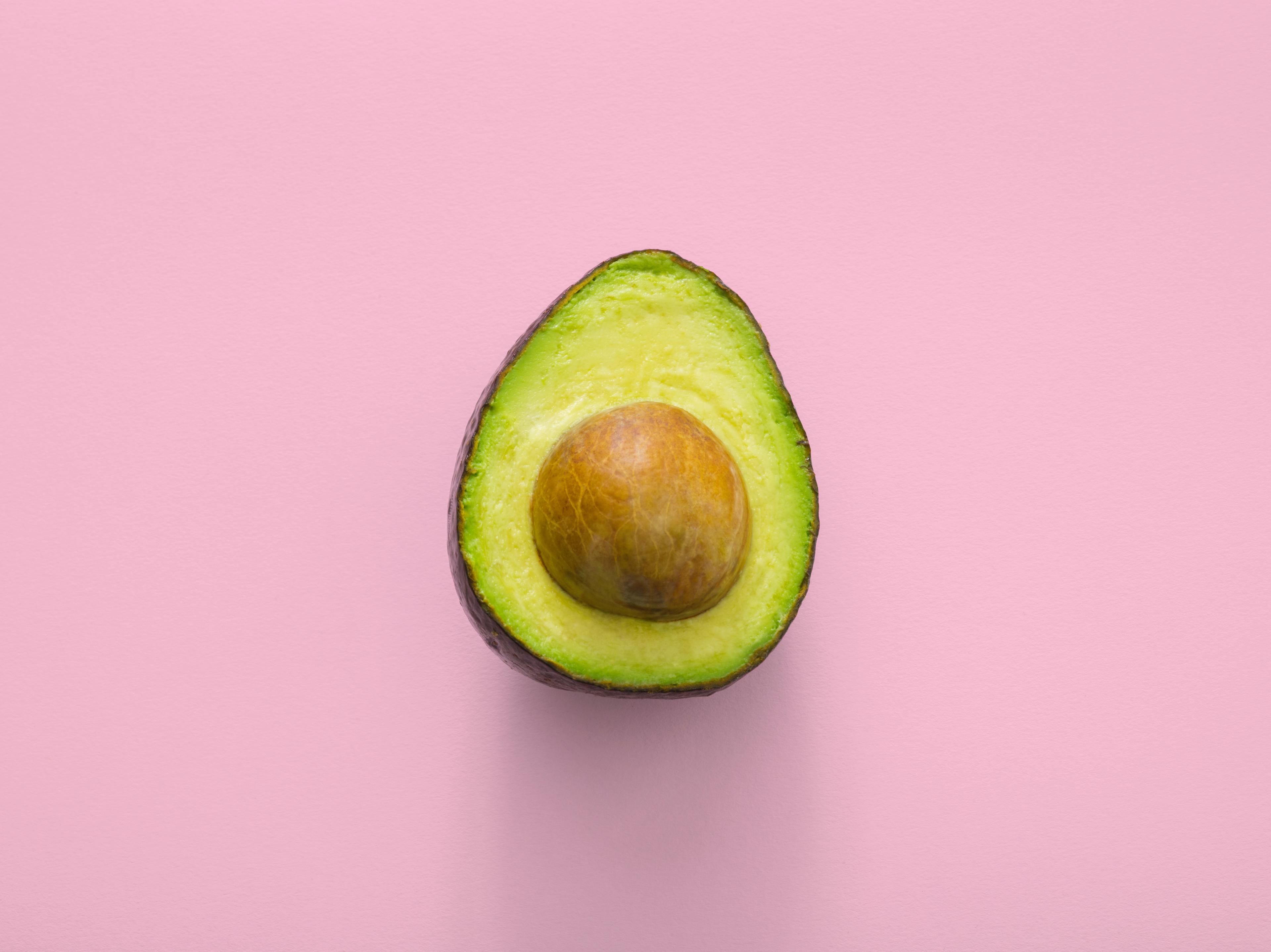Fat: Hormonal, Biochemical and Metabolic Effects



Predictable sarcastic wit aside, I shall try to now present the hormonal, biochemical and metabolic processes and factors relating to the macronutrient of Fat in the first of a trifecta of posts in which I will be discussing the above criteria for both protein and carbohydrates in addition.
In order for one to fully comprehend the reasoning behind many of the functions of fat there are a few underpinnings we must ensure we are clear on first. In 95% of dietary cases, (thus the ones pertinent to this post) fats are in the form of triglycerides, more simply put as; 3 fatty acids* and 1 glycerol. Should one cast their minds back to my previous post it could be recalled that fats play a crucial part in the composition of cell membranes; in which they are present in the form of a phospholipid bilayer; formed by 2 fatty acids, a glycerol head and a phosphate group.
In a broad overview one can look at fats in relation to two main groups; essential and conditionally essential. Those of which that are classed as essential are those that one must obtain through their diet; lack of them may lead to symptoms such as scaley skin, dermatitis and reduced growth. They are the much proclaimed omega-3 and omega-6 fatty acids/PUFA**, (or for those who like to sound fancy… alpha-linolenic and linoleic acids in the same order****). EPA and DHA fall into the debatable category of, ‘conditionally essential’, (Muskiet et al 2004 concludes that DHA is likely to be essential) due to the consideration that the human conversion of EPA and DHA is somewhat inefficient for the maintenance of optimal levels.
So how many categories does that bring us to now..? Well have another one…Trans Fatty Acids. Should one dare to type this into google, a plethora of, ‘foods to avoid’, pursued by a worrying ream of heart association help sites and NHS fact sheets shortly after will result. So why is this…? The 2006 study by Mozaffarian et al, along with Hu et al in 1997 grant the scaremongering some noteworthy credentials. It was shown to elicit the largest percentage change in CHD among participants when compared to SFA, MUFA and PUFA, and was consistently shown to increase CVD when the lipid profiles, systemic inflammation and endothelial functions were all analysed. (I will also add a side snippet in that Mozaffarian et al was also the one to show that, ‘n-3 PUFAs from both seafood and plant sources may reduce CHD risk, with little apparent influence from background n6 PUFA intake’, not relevant for the above but relevant for the nerds).
Personally, from anecdotal experience, I love fat…it tastes good and let’s be honest butter just makes life better… however there are also some educated wise folk of whom it would seem agree, and present some reinforcing figures to go with;
Rosqvist et al in 2014 highlights the dietary differences of SFA and PUFA, ‘SFA overfeeding may lead to greater increases in liver and visceral fat compared to PUFAs’… so it’s not all bad for all fat.
Galganiet al. (2008) looked at the effect of the dietary fat quality on insulin sensitivity. 12/15 showed no effect of SFA on IS.
Van Hees et al (2010) looked at the chronic manipulation of dietary fat, in which they showed that both quantity and quality had no effect in men with the MetS… of course this does not condone the chronic over consumption of extra domino’s cheesy pizza...
Tierney et al. (2011) conducted similar research in which there was no effect of reducing SFA on IS in obese subjects with metabolic syndrome.
And to conclude this list… “Diets high in saturated fat (15% EI) do not affect insulin sensitivity or plasma concentrations of lipids and lipoproteins” - Chiu et al. (2014)…as stolen from my MNU course with the wonder-bot of wisdom Martin MacDonald. If one is looking for; mortality, CVD, CHD, ischaemic stroke or T2 diabetes, head on over the Trans Fats, saturated fats simply won’t get you there.
Fat is Bad! Fact! Or is it, instead of a fact, more of a ponderous point for which there seems copious evidence to the contrary. My recent venture into the MNU Nutrition course nicely highlights the umpteen benefits below;
Dairy Pro’s
-Decrease risk of infertility, Chavarroet al. (2007) High intake of low-fat dairy foods (>1 serving/wk) may increase the risk of infertility whereas intake of high-fat dairy foods (1< serving/d) may decrease this risk.
-Reduced risk of colorectal cancer, Larsson et al, (2005) High intakes of high-fat dairy foods and CLA may reduce the risk
-Decreased risk of prostate cancer, Park et al (2007) Low-/non fat milk (3 cups) was related to an increased risk and whole milk to a decreased risk
-Inversely associated weight gain, Rosellet al. (2006) ≥1 serving/d intakes of whole milk, sour milk and cheese were inversely associated with weight gain over 9 years
-Inversely associated with obesity, Kratz, Baars & Guyenet (2013) High-fat dairy consumption within typical dietary patterns is inversely associated with obesity risk
-Reduced mortality from CVD, Bonthuiset al, (2010) Compared with lowest intake of full-fat dairy, participants with the highest intake (~339 g/day) had reduced death due to CVD
-Lower total and LDL cholesterol***, Biong et al (2004) RCT – ‘Cheese diet’ resulted in significantly lower total & LDL cholesterol than butter
Saturated Fat Pro’s…(surely none says every GP ever)
-Associated with weight loss, Hays, Gorman & Shakir (2002) Addition of saturated fat and removal of starch from a high-monounsaturated fat and starch restricted diet improved glycemic control and were associated with weight loss without detectable adverse effects on serum lipids. (noted amongst 151 T2 Diabetics…so we should probably take a good note of the relevance of this study).
-Decrease in circulating insulin concentrations, Meckling, O’sullivan & Saari (2004) Only the high fat group (55%) had a significant decrease in circulating insulin concentrations.
-Relatively no impact on CVD risk factors, Lamarche and Couture (2014) Dietary SFA primarily raises low-density lipoprotein cholesterol, while having a relatively neutral impact on other key CVD risk factors
-No change glycaemic in response and satiety, Ryan and Clarke (2015), (although I personally remain wary of smaller studies such as the above in which there was only 9 females) No benefit in using unsaturated vs saturated fats in reducing glycaemic response or increasing satiety to a high GI food.
-No change on risk of coronary events, Puaschitz et al (2015) Saturated fat intake is not association with risk of coronary events/mortality in those with coronary artery disease. (A bold statement from this study)
Fish Oils/PUFA’s/N-3
Cogitate the following…antihypertensive, antihyperlipidemic, antiplatelet activity, antiarrhythmic, anti-inflammatory, improvement in depression, anabolic resistance in the elderly and facilitates weight loss… that’s a lot of anti’s and a lot of pro’s…all of which have been linked to a favourable intake of fish oils, need I elaborate further...? So, it would seem as though we’re all singing the praises of fish oil/ omega-3… so how much should we actually consume… I shall sit on the fence… however I shall also present the following and let you make your own decision based on the wanton composition of facts, figures and studies above… ‘The target EPA + DHA consumption should be at least 500 mg/day for individuals without underlying overt CV disease and at least 800 to 1,000 mg/day for individuals with known coronary heart disease and heart failure’. Blame Lavie et al 2009 for that one.
*of which they can be; saturated, monounsaturated or polyunsaturated dependent on the double of double bonds between the Carbon atoms comprising the fatty acid chain.
**polyunsaturated fatty acids.
***LDL/Low Density Lipoproteins, a form of cholesterol, non-essential as can be synthesised by the body in the liver. The, ‘bad guy’ that everyone talks about. Transports cholesterol to cells of the body, thus to the opposite effect is HDL; transports cholesterol away from cells in the body, back to the liver ready for excretion.
****N-3; figh oils, flax seed, canola oil, walnuts. N-6; corn, safflower oil, soy, sunflower oil, nuts, seeds
My brief overview has, unsurprisingly wavered once again, however I shall end here. Further posts shall elaborate on the metabolism, performance gains, and use of fat for athletes and all.

